Text
“nobody in miami knows how to drive” “nobody in austin knows how to drive” “nobody in chicago knows how to drive” maybe we shouldnt have cars
115K notes
·
View notes
Text
I honestly feel like the proliferation of LED headlights was the canary in the coalmine for the general attitude we see in the political climate these days and i'm not even remotely kidding
61K notes
·
View notes
Photo






Booklet of embroidery and drawnwork (early 17th century). Probably Portugese. Linen, silk, leather, paper.
Images and text courtesy The Met.
3K notes
·
View notes
Text
whelp, in National Park news, every seasonal LE park ranger just got their summer job offers rescinded, and other emergency services like EMTs/medics/fire probably aren't too far behind.
A lot of natural resources gonna get destroyed and a lot of people gonna die in preventable ways. I highly recommend you call your reps, and meanwhile go support your favorite county/city/state park this summer instead.
3K notes
·
View notes
Text
I swear I saw a tumblr post on here that said ‘horses have over 4,000 bones’ and i don’t know where it came from because its totally wrong, they have 205, but what kind of fucked up horse has this person seen out there because I’m absolutely terrified of it
114K notes
·
View notes
Note
saw this while scrolling on the book of faces and thought of you INSTANTLY because this is a horrible thing with legs if i ever saw one

Oh thank you
4K notes
·
View notes
Text
Holy **** oh right okay. So I was about to make a post about how using speech to text has already been a game changer for me but as you can see by the line of asterix at the start of this post the bloody thing auto censors swear words. (Yet bloody got through, ig Because it is a description and also British slang.). Hint: the word I was trying to say there starts with F and ends with K.
Oh and guess what else you can't say you can't say? **** [Nipples]. had to type that myself. penis is ok but **** [clitoris] isn't, and all my attempts to say "clit" were Misunderstood, which may just be my speech but at this point I am not willing to give the benefit of the doubt. Vagina is OK too but every time I say it there is a moment when an * shows up on screen first before the full word does. this doesn't happen when I say the word penis.
It is completely heinous. Anybody who needs speech to text is immediately forced to comply with the rules set out by people in a position of power and then enforced by a machine — a machine that is a very powerful accessibility tool. Imagine trying to dictate a letter to a doctor or fill in an E consult with speech to text, only to have words of your anatomy censored as if they are taboo. there is already far too much stigma around genital physical health — and note that I could say genital but can't say **** [clitoris] — for it to be okay for these words to be censored.
And even if somebody just wants to swear In a message to their friends or write smut/**** [pornography], they should be able to. There is no justification for this feature. No reason for it to be default.
I'm trying to find a way around this. There is a settings icon on the little speech to text bar that comes up, but this only gives me options For the speech typing launcher, auto punctuation, and to set the default microphone. it's making me extremely angry
18K notes
·
View notes
Text




the rundown job aka the episode that just kept on giving
other art

clean version
1K notes
·
View notes
Text

An c.1000-1200 CE example of Egyptian cotton knitted socks.
15K notes
·
View notes
Text
63K notes
·
View notes
Text
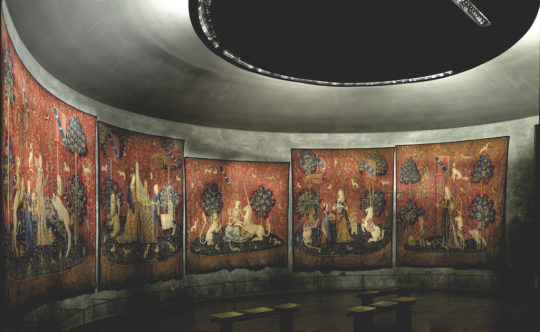
The Lady and the Unicorn is the modern title given to a series of six tapestries created woven in Flanders from wool and silk, from designs drawn in Paris around 1500. The set, on display in the Musée de Cluny in Paris, considered one of the greatest works of art of the Middle Ages in Europe.
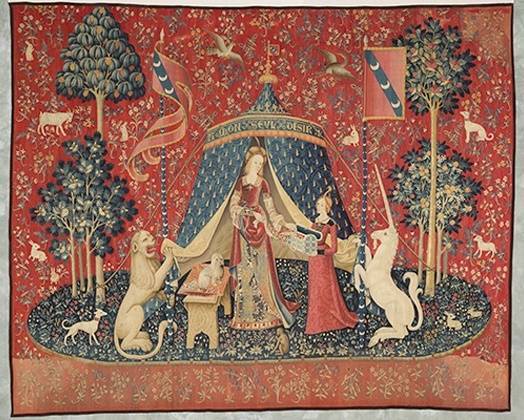
"According to my only wish."
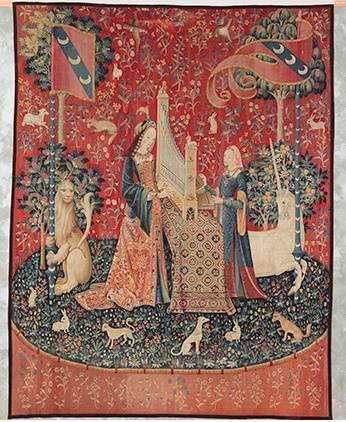
"The lady with the unicorn. Hearing"

"The lady with the unicorn. Touch"
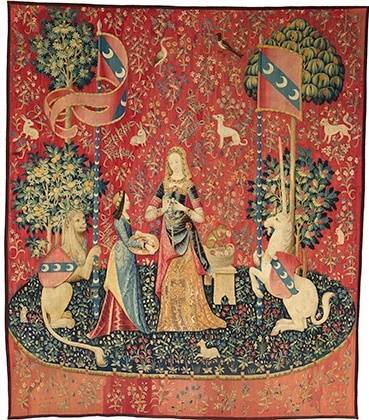
"The lady with the unicorn. Smell."
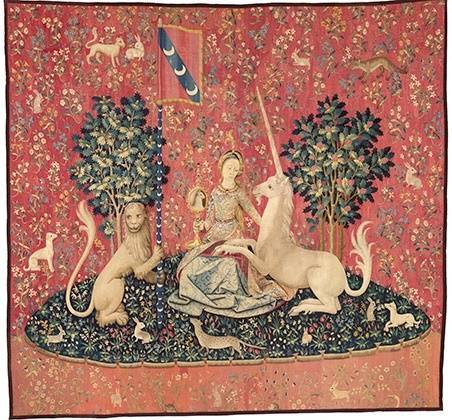
"The lady with the unicorn. Vision"
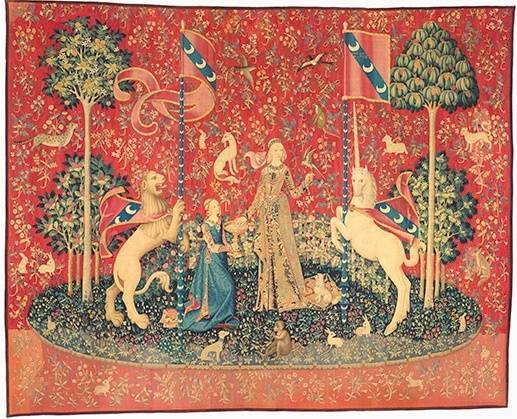
"The lady with the unicorn. Taste"
19K notes
·
View notes








